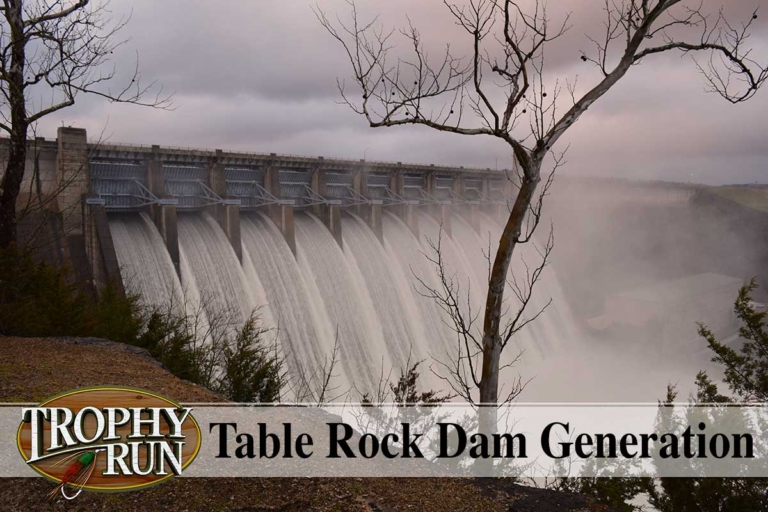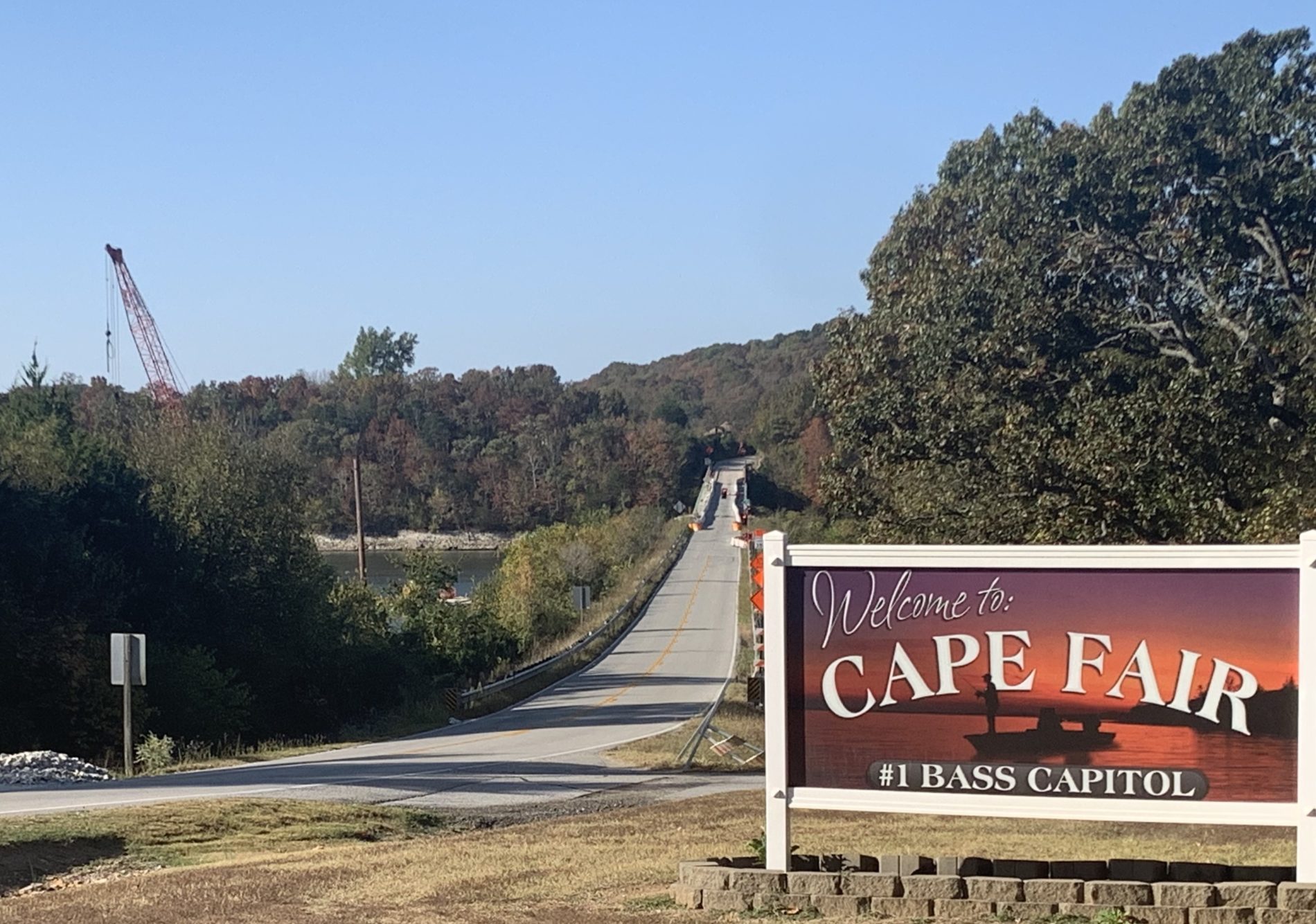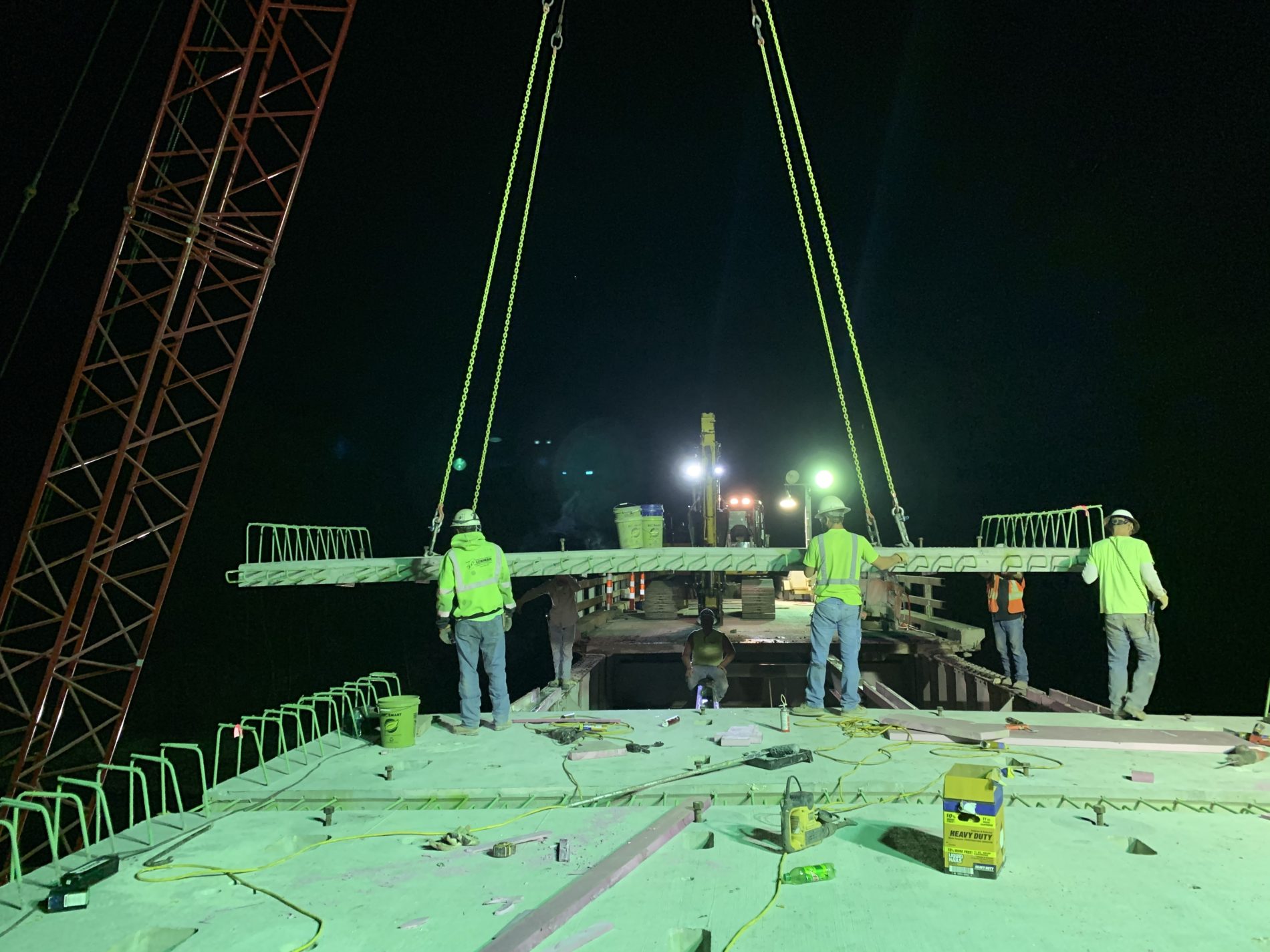
At elevation 942 Table Rock Lake is 11 feet above flood capacity and at its "design pool", or the maximum elevation that the reservoir is engineered to reach, under "probable maximum flood" scenarios.Outflow from the Lake under these circumstances will be nearing 200-300 thousand cubic feet per second (CFS). All ten Tainter gates are opened wider in an effort to stabilize reservoir rise. At elevation 937 Table Rock Lake is 6 feet above flood capacity.If the Tainter Gates are not opened to release water via the dam spillway, water from the lake will begin to spill over those closed gates by approximately 933 feet. Water may begin to splash over the top of the closed Tainter gates and some of them usually begin to be slightly opened to accommodate additional lake inflow from the White River Basin including the James River and Beaver Lake discharge.
#Table rock lake project office full#
At elevation 931 Table Rock Lake is at full flood capacity or flood pool.

The auxiliary spillway was completed in 2005 at a cost of approximately $65,000,000. After considering several options and gathering considerable public input, an auxiliary spillway was determined to be the best solution. An event of this magnitude would overtop the earthen embankment and destroy Table Rock Dam with catastrophic losses in downstream areas, including Branson. Using improved weather data and more modern technology and safety requirements, engineers determined that the lake would rise ten feet higher during the worst-case flood than previously calculated. Table Rock Dam’s spillway capacity was evaluated as a result of a dam safety program in the 1990s. When the reservoir is above the maximum flood pool, excess water goes over the auxiliary overflow spillway at the north end of the dam. The reservoir has a fluctuation of 16 feet (4.9 m). Table Rock Dam, constructed from 1954 to 1958 at a cost of $65 million, confines Table Rock Lake and generates hydroelectric power. The original purpose of the reservoir was flood control on the White River, receiving congressional authorization under the Flood Control Act of 1941.

Table Rock Dam during the April 2008 flood with all flood gates open Top of flood control pool: 931 feet (284 m).



 0 kommentar(er)
0 kommentar(er)
